Drones proved instrumental in a high-stakes manhunt in Minnesota, helping law enforcement capture a suspect after a two-day search involving over 100 officers. The New York Times reported that Vance Boelter, 57, was apprehended late Sunday night, June 15, 2025, in a field near Green Isle, Minnesota, after a massive operation that spanned roughly 1 square mile (2.6 square kilometers). This event highlights the growing reliance on Drone Technology in public safety, showcasing its precision and efficiency in challenging terrains.
Drone Technology in Action
The manhunt escalated when officers spotted Boelter crawling through thick shrubs, a task made manageable with drone support. Chief Elliot Faust of the Brooklyn Park Police Department explained:
“Officers spotted Mr. Boelter and used a drone to track him from overhead as he crawled through thick shrubs.”
This real-time aerial surveillance allowed officers to converge on the suspect without incident, despite him being armed. No force was used during the arrest, a testament to the drone’s ability to guide operations safely.

While the specific make and model of the drone remains undisclosed in the report, industry trends suggest law enforcement often employs models like the DJI Mavic, Matrice 350 RTK, or even Skydio drones, equipped with thermal imaging cameras.
Thermal technology, which detects heat signatures, would have been critical in spotting Boelter in dense foliage, especially at night. Although the New York Times article does not confirm thermal capabilities, the use of drones with such features is standard in large-scale operations, enhancing visibility in rural areas like Sibley County, about 60 miles (97 kilometers) southwest of Minneapolis.
Industry Trends and Operational Benefits
Drones have become a cornerstone in law enforcement, with the Federal Aviation Administration (FAA) reporting over 5,000 public safety drone registrations in the U.S. by 2024. This case underscores their value in setting perimeters, deploying alongside police dogs, and reducing response times. The operation involved about 20 SWAT teams fanning out across the county, a scale that drones helped coordinate efficiently. The ability to cover vast areas—up to 1 square mile in this instance—cuts search times significantly compared to ground efforts alone.
Economically, drones offer a cost-effective solution. A single drone flight can replace hours of manpower and possibly helicopters, potentially saving thousands of dollars per operation. For drone professionals, this incident reinforces the need for advanced training in navigation and thermal imaging, skills that are increasingly in demand.
Implications for Drone Users
This manhunt highlights drones’ dual role in safety and precision, influencing future deployments. Superintendent Drew Evans of the Minnesota Bureau of Criminal Apprehension emphasized the operation’s urgency, stating, “If that had not happened, I have every confidence that this would have continued throughout the day.” The swift action, aided by drone technology, prevented a longer search, illustrating its potential to de-escalate tense situations.
For drone enthusiasts and professionals, this case serves as a real-world example of integrating aerial tools into emergency response. As technology evolves, expect more agencies to adopt similar systems, driving demand for skilled operators and advanced equipment. The successful capture of Boelter without force further validates drones as a vital asset, shaping industry standards and operational protocols moving forward.
Read more stories about Drones for Good here on DroneXL.
Photos courtesy of X / N. Sortor / L. Terrazas
Discover more from DroneXL.co
Subscribe to get the latest posts sent to your email.
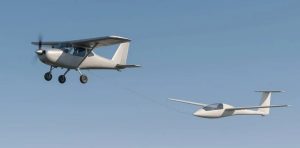
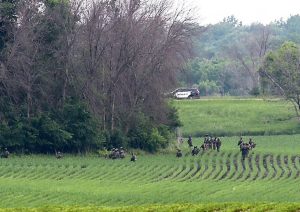

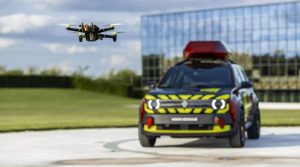
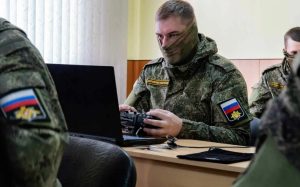
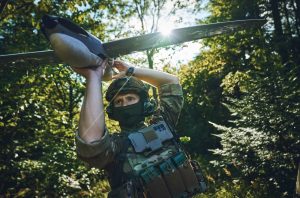


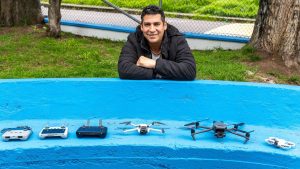

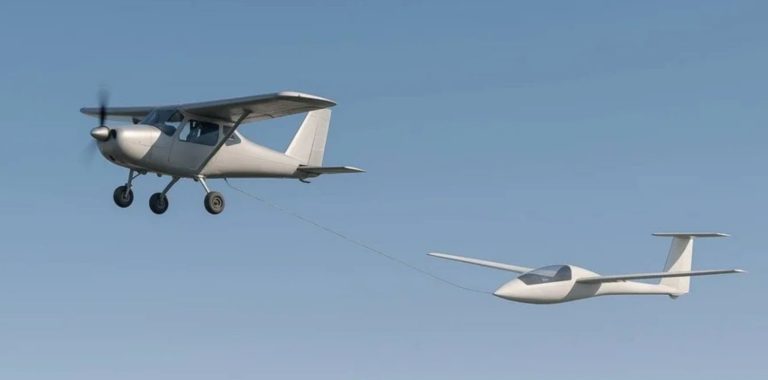
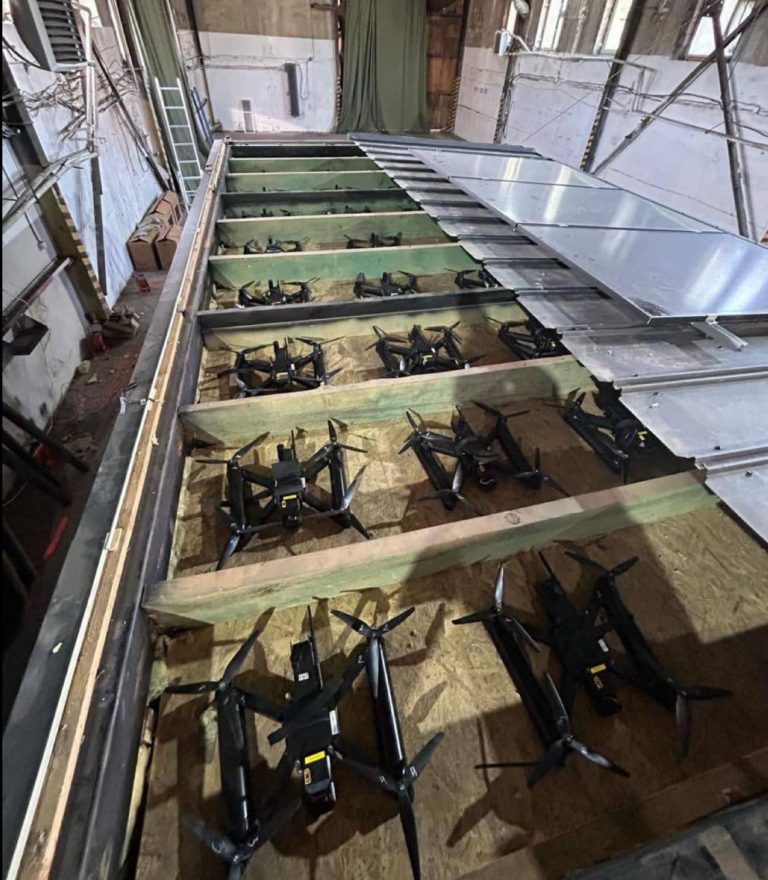
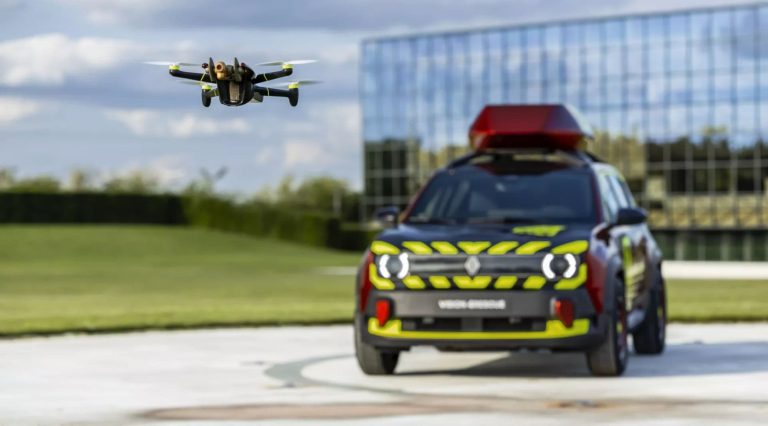
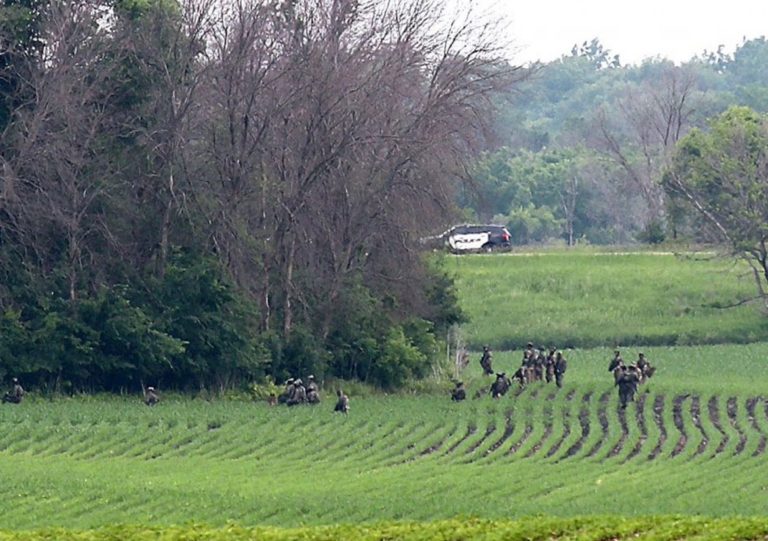




+ There are no comments
Add yours